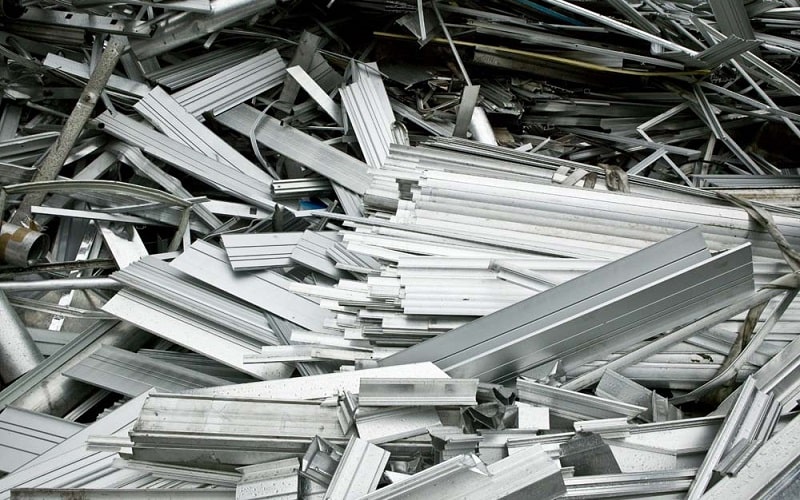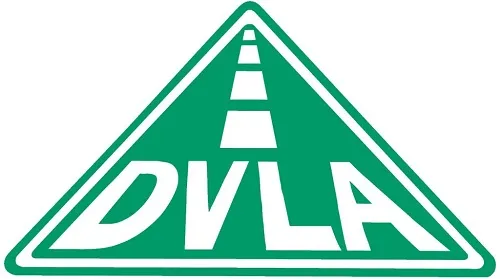Aluminium Scrap
What is Aluminium?
- Aluminium is the third most abundant element, with 8% of Earth’s solid surface weight.
- Aluminium is silvery-white in colour.
- Aluminium is a ductile metallic element.
- Aluminium’s element symbol is Al.
- Aluminium’s atomic number is 13 and is a member of the boron group in the periodic table.
- Aluminium is used to form light, corrosion-resistant alloys and also has good thermal and conductive properties.
- Aluminium cannot occur naturally in a pure form as its a highly reactive metal.
- Pure aluminium is only found in environments that lack abundant oxygen.
- Pure aluminium forms a high-energy chemical bond with oxygen.
- Aluminium is found in over 270 minerals on the Earth’s crust, the most common of which is bauxite ore. An estimated 85% of worldwide bauxite mined is used to refine metal from alumina.
- Aluminium’s other uses include abrasives, chemicals, materials, refractory products, and aluminium compounds.
Corrosion resistant properties of aluminium
Useful as a catalyst or additive in chemical mixtures because of its reactive nature. One of aluminium’s other special properties is that it is corrosion resistant. Aluminium oxide forms when the metal is exposed to air. This thin layer helps prevent oxidation that would otherwise cause rust.
With a density of 2.7g/ccm aluminium is a exceptionally light metal, compared to steel’s density of 7.75g/ccm. Impervious to rust, great strength when alloyed and possesses a high conductivity. Also ductile and versatile, that is, it can be pressed into sheets or drawn into wires or foil making.
Aluminium is used in a wide variety of applications
Out of all non ferrous metals, aluminium is the most used metal in total volume. Many objects in the home and industry use aluminium and is a familiar metal to nearly everyone. The strength, lightness and corrosion resistance of aluminium are important considerations. Metallic aluminium, is used in applications such as cans, construction, transportation and electrical.
What are the different types of aluminium?
- Rolled Aluminium
- Aluminium Wheels / Alloy Wheels
- Aluminium Cuts (New Production)
- Clean H9 / HE9
- Mixed H9 / HE9
- Painted H9 / HE9
- Aluminium Quad / Aluminium Wire
- Cast Aluminium
- Aluminium Turnings
- Aluminium Rads / Copper Rads (Steel Free)
- Irony Aluminium
Scrap Aluminium Recycling
Aluminium has an infinite life and can be recycled from one product to another. Recycled aluminium is used in a multitude of different products. Examples of products include window frames, cars, food packaging and aeroplanes.
Environmentally Friendly Recycling
Recycling aluminium takes up 95% less energy than to produce, also aluminium recycling has the same properties as newly produced. Recycling also limits emissions, including greenhouse gases.
Aluminium Recycling for Commercial Businesses in the UK
We buy and recycle non-ferrous metals including aluminium from businesses across Kent. If your business produces any scrap aluminium, recycling can be a extra source of profit.
Contact Reclamet today.
Call: 01843 800800
Email: enquiries@reclamet.co.uk
Further reading about Aluminium:
Aluminium alloy – Wikipedia / Scrap metal types








